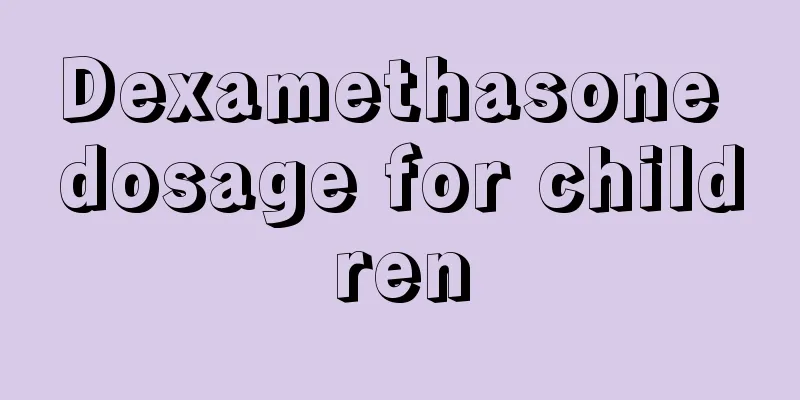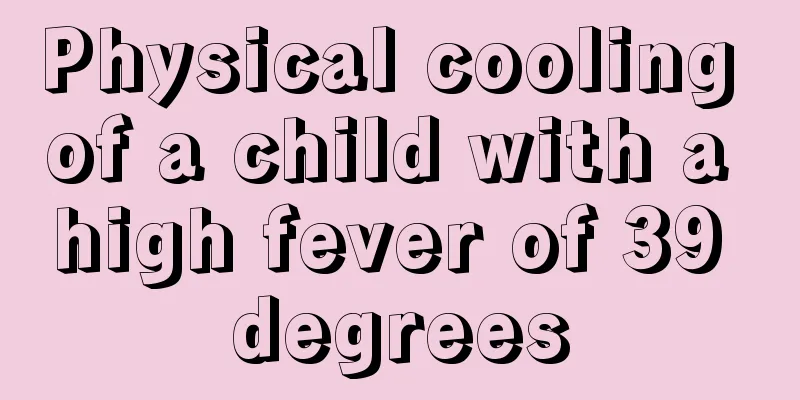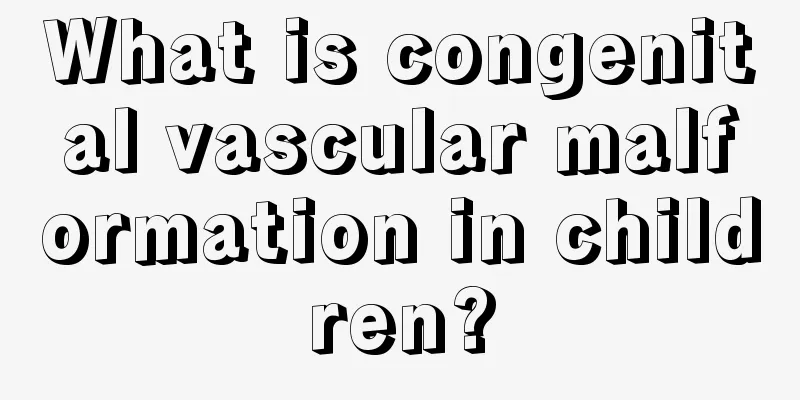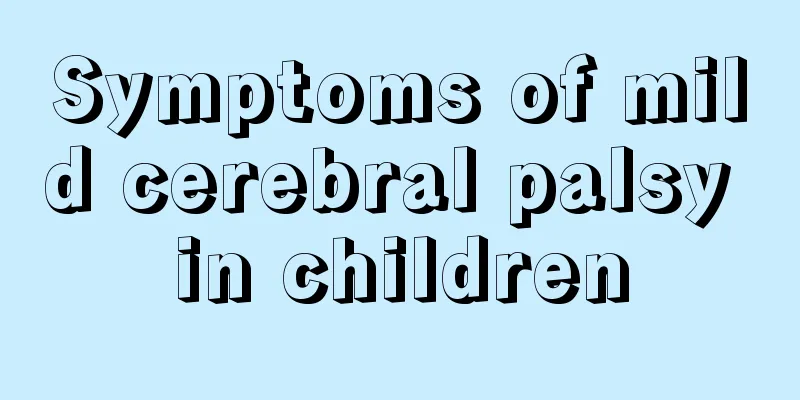Will the first and second molars change?

|
Molars are actually molars, which are also called molars. There are two types of teeth: permanent molars and deciduous molars. The so-called permanent molars account for eight of all teeth, and these permanent molars will not be replaced again. The number of deciduous molars is very large, twenty, but deciduous molars can be replaced again. From this we can see that it is necessary to protect permanent molars. Then will the first and second molars be replaced? First, will the first and second molars be replaced? There may be some misunderstandings about the first and second molars. People may think that they are replacement teeth for deciduous molars. This is a wrong perception. The first and second molars are permanent teeth and have no replacement teeth. Everyone grows their first permanent molar at the age of six, which is also called the "six-year molar". The second molars do not appear until around 12-13 years of age. These two molars are located at the end of the teeth (excluding wisdom teeth), and the deciduous molars are in front of the first molars. At 18 months old, the first deciduous molars will grow out, making a total of four upper and lower molars. The second deciduous molars are located close to the first permanent molars and erupt around the age of three. Second, the difference between molars and deciduous molars is that deciduous molars will be replaced, but molars will not. During our growth and development, there is a permanent tooth germ at the root of each deciduous tooth. Third, pay attention to protecting permanent molars. When teeth are replaced, the deciduous teeth should fall out automatically. However, for some children, their deciduous teeth still remain when their permanent teeth grow out. This results in the permanent teeth having no place to grow and growing out from other places, causing the teeth to become crooked. If this happens, the baby teeth should be extracted immediately. Everyone's permanent teeth will not be replaced, so it is important to develop good habits of protecting teeth from an early age and avoid accidents that may cause tooth loss. Will the first and second molars replace? Everyone should protect their teeth well, because they are not replaceable. If tooth decay occurs, it must be treated in time so that there is no need to extract the teeth. If the tooth decay is very serious, the teeth must be extracted, and you will have to wear dentures. This is a very bad thing. Dentures are not alive and have no feeling when eating. |
<<: What causes a four-year-old child to grind his teeth?
>>: What medicine should be used for baby folliculitis
Recommend
How to educate babies aged two to three?
Babies between two and three years old are in the...
Pituitary MRI in children
Compared with X-ray CT, MRI mainly uses ultrasoun...
How to prevent children's spring skin allergies
Children are particularly prone to skin allergies...
How to identify hernia in children?
Many children will suffer from various illnesses ...
What to do if your child is very stubborn? Solve the mother's troubles
Children in today's families are usually spoi...
I didn't expect so many changes after my baby went to kindergarten.
After children go to kindergarten, they will ente...
How many days should a child take anti-inflammatory medicine after getting a stye?
Stye is often called sty. Stye is a relatively co...
What to do if a child has a fever of 39 degrees
In life, many children often have fever due to in...
How to solve hypospadias in infants
The healthy development of the baby is of great c...
What should I do if my child breaks his tooth while playing?
Nowadays, children are very naughty and often pla...
How to treat the butt crack with blood streaks
Many babies have red and swollen buttocks after b...
What to do if your baby sneezes and coughs
Newborns have relatively low immunity and resista...
Why do babies yawn all the time?
After a baby is just born, many mothers generally...
Why do children have difficulty breathing through their noses?
Some children often have difficulty breathing due...
What to do if the baby girl is red and swollen below
Many parents believe that children do not need vu...









